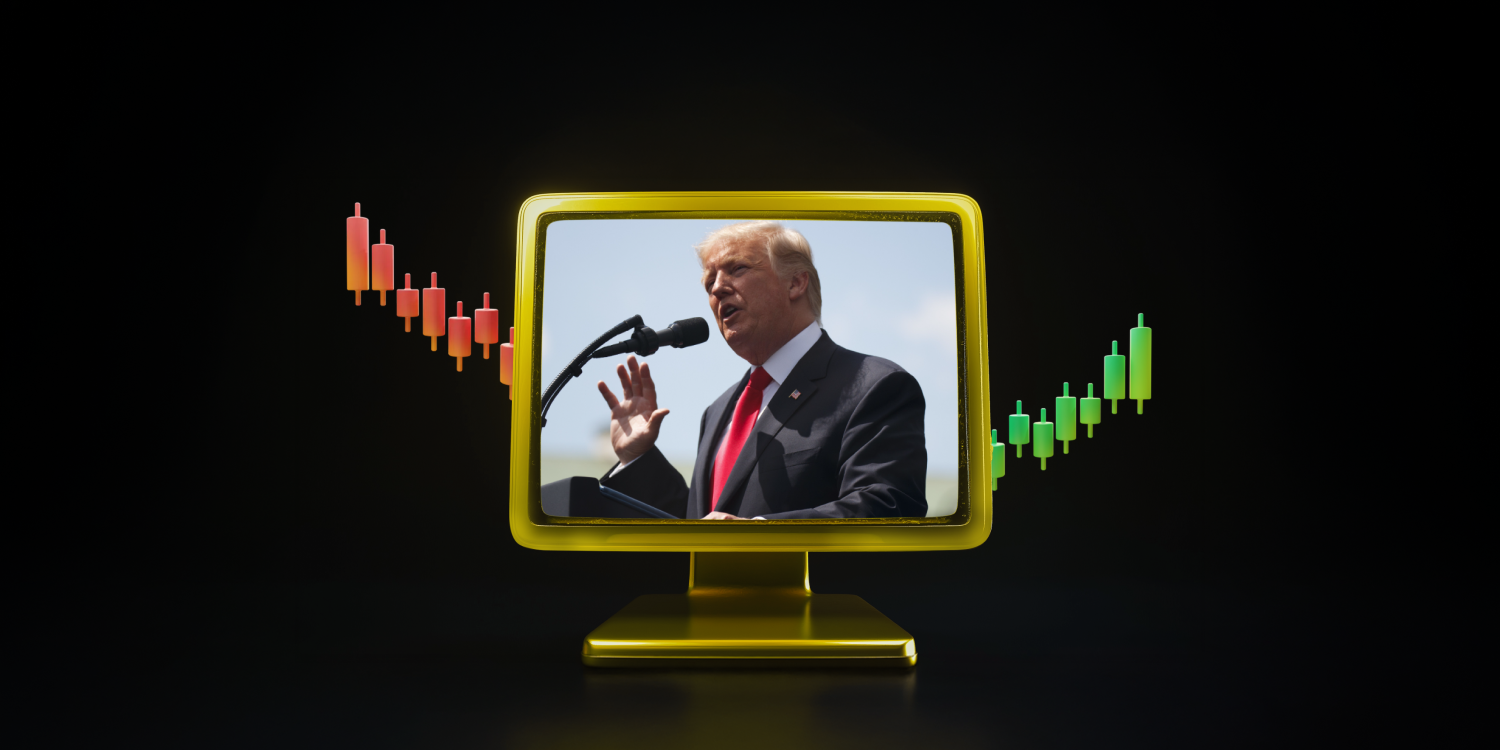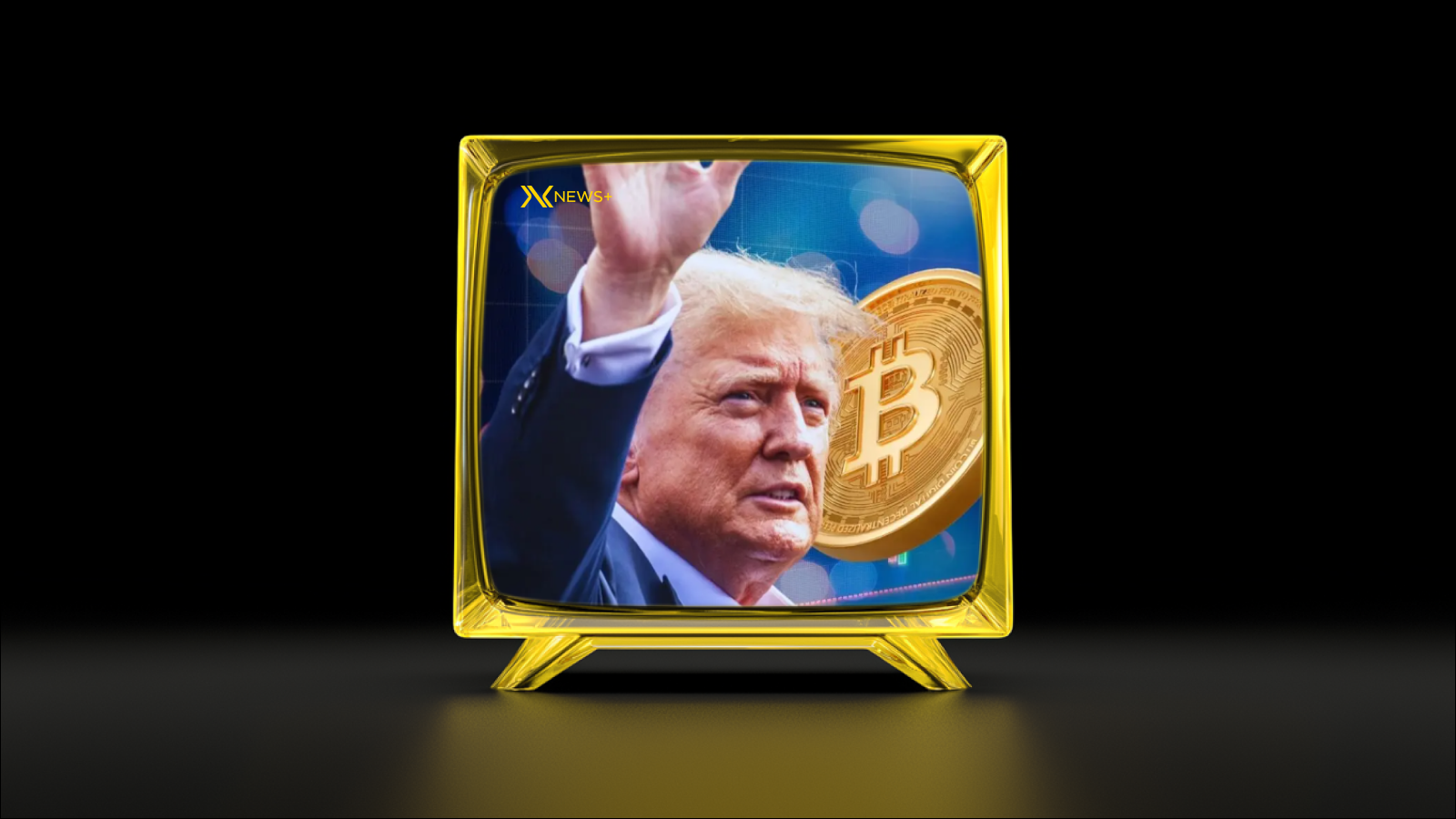Introduction
This report analyzes the impact of the Trump administration’s new tariffs policy on Asia’s three largest economies – Japan, India and South Korea – as of 2025. This new approach, with the complete elimination of exemptions, has triggered widespread negotiations in the region and marked the beginning of a new era in trade relations.
Trump’s Tariff Policy and its Scope
President Trump has imposed tariffs of 25% on steel and aluminum products, 25% on automotive and at least 10% on other sectors, equally across all countries, as of April 9, 2025. Japan, India and South Korea, previously exempted, will no longer be able to avoid these global tariffs. Trump justified his decision on the grounds of “stabilizing America’s trade deficit and protecting national security”.
Country-specific Reactions and Reprisals
Japan
The Japanese government faced heavy cost increases in automotive and industrial machinery after the cancellation of exemptions for select products. Tokyo made downward revisions to its growth forecasts by 0.5-0.8 percentage points, noting that automotive products account for 20% of its exports to the US. Pursuing a negotiation-oriented strategy rather than retaliation, Japan initiated high-level trade talks in Washington. The first round of talks took place in mid-April and transportation equipment and agricultural products were the main agenda items. Japanese officials have indicated that the negotiations will become more comprehensive in the summer and that requests for tax cuts in the automotive sector will be a priority. Japan is also keen to continue negotiations through multilateral institutions.
India
New Delhi has refrained from imposing direct retaliatory tariffs, keeping the prospect of exemptions alive. Instead, it has intensified diplomatic contacts with the aim of quickly concluding a partial free trade agreement with the US. The Commerce Ministry estimated that “reciprocal tariffs” could depress the country’s exports by 5-7% and announced that it aims to complete the first quarter of the agreement negotiations by the end of 2025. During April, preliminary agreements were reached in the areas of textiles, pharmaceuticals and agriculture, and the Indian side expects negotiations to accelerate in the summer. India is also conducting parallel consultation processes with Asia Pacific free trade networks.
South Korea
Seoul has used the 90-day delay announced at the end of March as an opportunity to negotiate a comprehensive trade package. Bringing automotive, shipbuilding and energy cooperation to the table, the parties aim to reach an agreement on governance and investment protection by July 2025. Representatives of the retail and manufacturing industries requested additional packages of measures during the delay. South Korea adopted a strategy to advance the negotiations multilaterally by establishing technical working groups in three sectors in April. Seoul also sought global support by launching consultations at the World Trade Organization (WTO).
Impacts on Trade Relations
The tariffs led to a 5-10 percent decline in the volume of exports of the three countries to the US since the beginning of April. The Japanese automotive, Indian textile and South Korean semiconductor sectors have come under the most pressure. The uncertainty created by mutual tariffs pushed companies to search for alternative markets; the tendency to shift production to different locations, especially Vietnam, Taiwan and Mexico, has strengthened. Moreover, the repercussions of cost increases in the US domestic market pushed the consumer price index up by 0.2 points in April.
Current Status and Current Tariffs
As of April 2025, tariffs are applied at the following levels:
- Japan: 24
- India: 26
- South Korea: 25%
These rates apply to various sectors, notably steel, aluminum and automotive. India has made significant progress in its negotiations with the US and is close to an agreement on tariff exemption. Negotiations with Japan are ongoing and have not yet yielded a clear result. South Korea is in the process of putting together a comprehensive trade package during a grace period until July 2025.
Conclusion
The expiration of exemptions from the Trump administration’s tariffs policy in 2025 has forced Asia’s three major trading partners into deep negotiations. While Japan and South Korea have focused on resolving issues through comprehensive bilateral talks rather than retaliation, India has been effective in the diplomatic arena in anticipation of exemptions and a quick deal. While export contractions and supply chain shifts are likely in the short term, a return to multilateral trade institutions and risk allocation strategies will come to the fore in the medium and long term.





